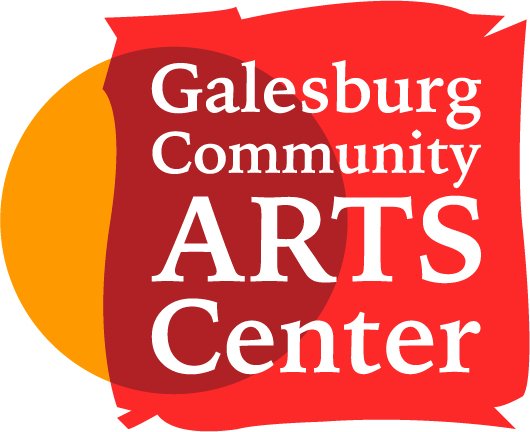In the Artist’s Studio
HANNAH PRENTICE - SEPTEMBER 2024
Interview by Maeve Reilly | Photos by Ana V. Fleming
In her atmospheric basement studio, Hannah Prentice makes magic happen. A pottery wheel is tucked in the corner of one room and two kilns, one a work in process, are housed in another room. Here, Prentice describes her art and creative process.
MAKING IMPRESSIONS
When clay is in a leather-hard stage, there are different stages depending on how hard the clay is, you can still manipulate it, make impressions in it, you can carve things in it—that’s my favorite part of the whole process when you can hold it in your hand but you can still manipulate it a little bit. —HP
THE PATH TO CERAMICS
In my junior year, I took an elective in ceramics. I always liked art, but I never had the opportunity for ceramics because my high school was really small. I ended up being hooked. I used to bike across campus at midnight and stay there until 2 a.m. I was able to take independent studies pretty much my whole time at Knox. Mark Holmes taught me most of it. Jason Connell was a huge part of my ceramics journey, not only for me but for other Knox students because he was there making clay at all hours of the day and night. You would be like, “Hey, Jason, I can’t figure this out” and he would jump over and help. Those two were the key people for my learning. —HP
HONEYBEES + FUNCTIONAL ART
I’ve been making honeybee mugs for a while now. I’ve always loved bees and now me and my husband actually are beekeepers! My bee mugs and other work is sold at Innkeeper’s and at festivals throughout the year through my pottery business, The Muddy Otter.
I like mugs and bowls because they are such functional art. I love art in all forms, but a mug is something you interact with every day. A mug is probably one of the most intimate art forms. I always loved that in particular. This is a labor of love and I’m also fortunate that people will buy it. —HP
ON GLAZES
Glazes are super interesting, there are pretty much three components: flux, alumina and silica. Silica is the main component in a lot of glazes, it forms the glass for them, but the problem with silica is that its melting point is crazy high, and clay has a much lower melting point, so if you were to put in the kiln and fire it to silica’s melting point, basically, the clay will melt and the silica will be left, so that’s why you have the other two components. The alumina adds a little portion that shrinks it to fit the clay and the flux lowers the melting point. I follow recipes, but as long as you know your ingredients well and are careful, you can tweak it a bit. I kind of feel like a mad scientist.
The glaze makes the different colors. Sometimes glazes will behave differently depending on what the clay body is. Layering glazes to get different effects is part of the process. That’s something I didn’t think I would fall in love with. There’s something about being at the wheel that puts you in a different zone, but the glaze-making is fun. I didn’t love chemistry growing up but in this sense, I do.
Purple is a hard glaze to nail, particularly in an oxidation firing, which is all electric. A reduction firing uses gas and usually you get more brighter purples, brighter reds, so I was really excited when I got this purple. —HP








